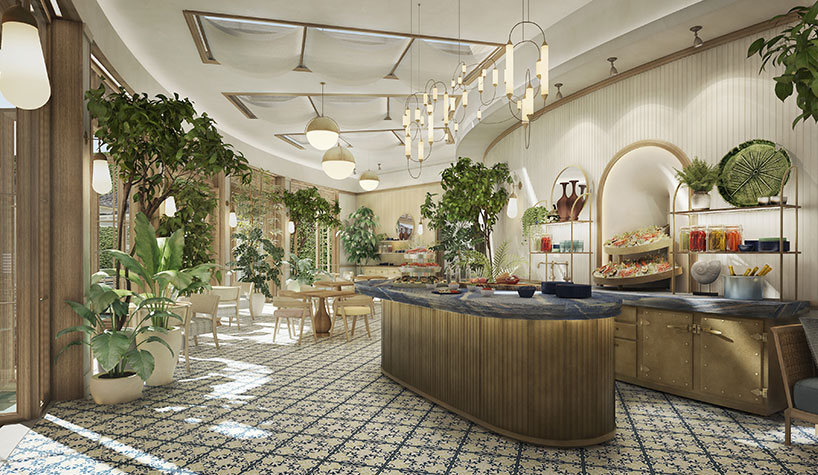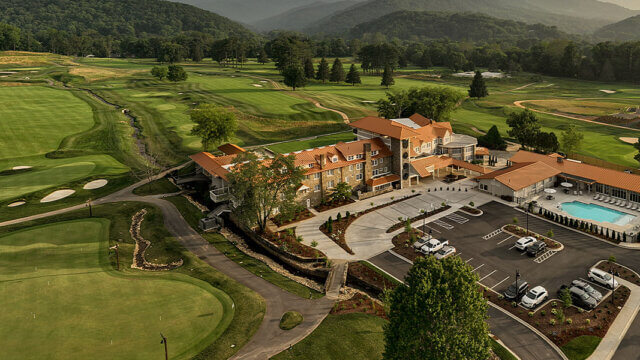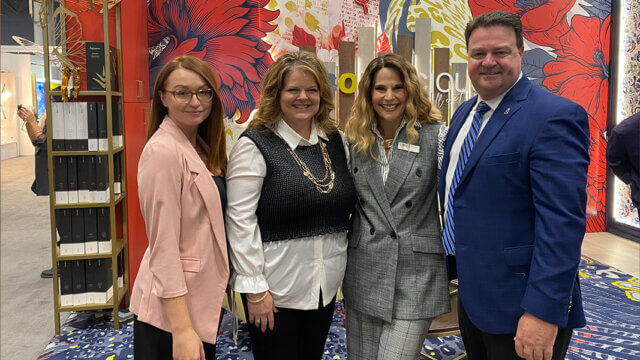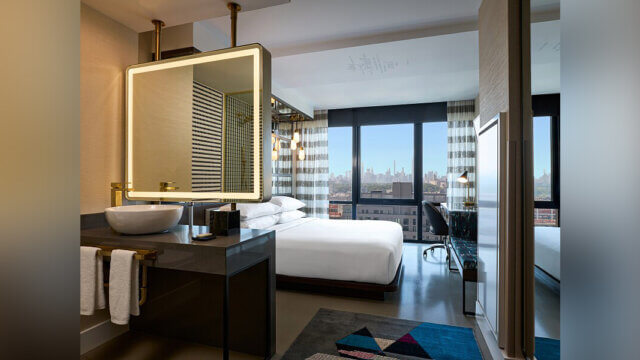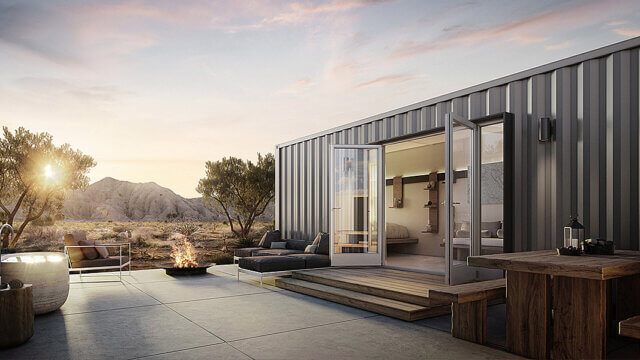IRVINE, CA—Integrated design firm WATG is monitoring the shift in luxury hotel design, with new luxury hotels and the experiential economy as main drivers of change in the hospitality industry.
“The new luxury hotel is defined by the offering of high quality, one-of-a-kind hotel experiences, which focus on what is important to the guest whilst foregoing the superfluous,” said Guy Cooke, associate, WATG Strategy. “These curated luxury elements can be offered at a lower price point than traditional luxury, thus opening up to a broader market.”
Cooke explained that a generic approach to hotel design and concept development can impact operational performance in congested markets. Guests are craving higher-end experiences, service and that dovetails with the demands for elevated design.

“Independent and lifestyle hotels have been driving the fastest innovation in the sector and guests are continuing to respond positively,” said Cooke. “Indeed, hotels with atypical components are increasingly striking a chord, look at the Ned in London or the Standard Highline in New York, both have become vibrant community and overnight visitor hubs with their range of F&B and lifestyle amenities.”
Cooke sees innovation being driven by the independent or smaller hotel groups, whose scale of operations support greater agility and a more proactive approach to evolving guest demands. However, the chain hotels are not being left behind in the race to innovate.
“The chains are increasingly nimble and seeking to invest and innovate, both within their existing properties, with the launch of new brands and through acquisition,” he said. “The carefully curated Pendry Hotels brand reflects the ability to add a new concept to an existing portfolio to broaden overall catchment.”
For WATG, exploring these trends and concepts helps to inform the firm’s design efforts. “WATG design more hotels than any other company in the world across a full spectrum of typologies,” he said. “It is vital that we track innovation in the sector and have a thorough understanding of evolving guest expectations.”
While guests are clamoring for these “new luxury” projects, they remain value conscious—but not price sensitive.
“New luxury guests are willing to spend, but at the same time appreciate good value,” he said. “They want luxurious elements within the guest experience and they are willing to pay for them. At the same time, they understand value and are happy to forego features from which they derive no benefit. In the case of hotels like PUBLIC, a stylish but modestly scaled bedroom or lack of room service can be overlooked if it supports a better value proposition to the guest. That same guest may then go on to spend top-dollar across the hotel’s secondary departments, such as a cool restaurant concept or dazzling rooftop bar.”
There’s also been an emergence of mixed-use lobbies and rooftop lounges, which continues to attract the guest seeking to be part of something larger than what they’re experiencing in the guestroom.
“Business travel can be a lonely experience,” he said. “Returning to a soulless hotel after an intense day of meetings is not an enriching experience. Returning to an animated and vibrant environment can lift the spirits. There is also a sense of ‘socializing’ with the local community—a more immersive experience, if you will.”
To remain competitive and avoid a sense of sameness, brands need to discover new points of differentiation to capture the guest and keep them returning.
“The 1 Hotels brand is proving a master of this,” he said. “Each of their hotels reflects the rich heritage or unique vibe of the area, this is done through artwork, building materials, even the music. However, all their properties reflect the core brand values of eco-responsibility and exemplary service in a cool and thoughtful environment.”
A focus on sustainability isn’t new, but hotels are now taking the effort a step further in terms of construction, materials, local engagement and more.
“There are numerous examples, notably 1 Hotels again with strong operational performance demonstrating that a committed agenda of eco and community responsibility can allow them to outperform not only their competitive set, but also start to chip away at the uber-luxury market’s share,” he said. “People want to be seen to be doing the right thing—a truly holistic approach to the design and operations of new hotels can manifest itself on the bottom line. Eco-integrity is a prerequisite for this kind of success, tipping your cap to environmental issues will not generate disciples.”
When hoteliers adopt the characteristics of “new luxury” into their properties, there are benefits to the bottom line. However, Cooke cautions that success is not assured unless all the ingredients are in place in the right location.
“A somewhat stripped back service inevitably reduces operating costs,” he said. “If you combine that with eco-integrity, community engagement and wow-factor design and operational innovations you begin to build a solid disciple base—in turn, the best of this genre of hotels can perform extremely strongly on rate and occupancy.”
While there’s a lot of attention focused on millennials, WATG believes it’s important to cater to all kinds of guests. “This genre of hotel is not all about the millennials—as our hotel interviews indicate,” he said. “Boomers are as engaged with innovation and eco-integrity as younger travelers. As a mature luxury traveler we want less ‘stuff’ and more pizzazz in our travelling experience, for work or play.”
